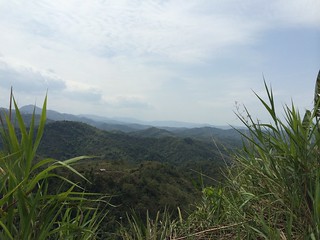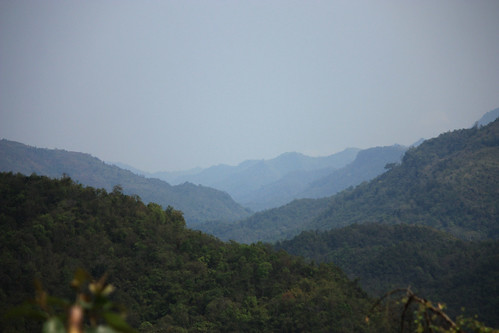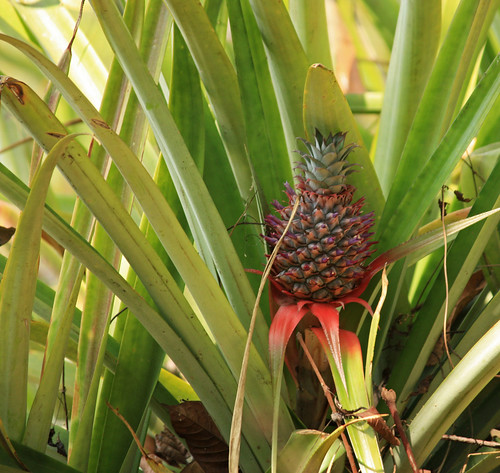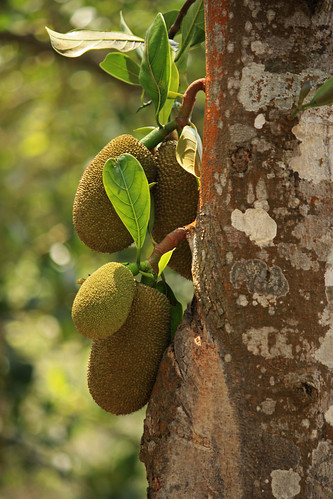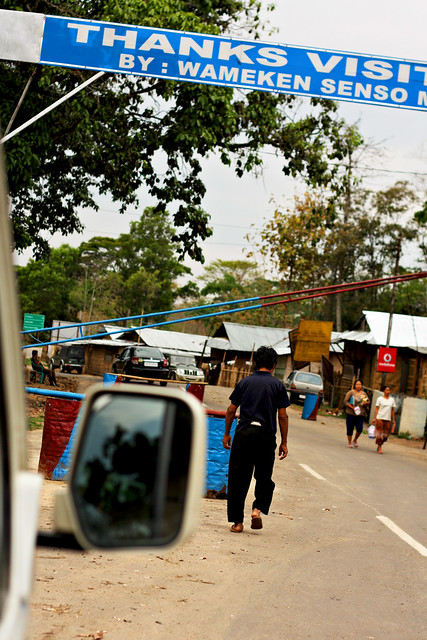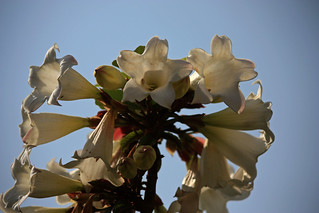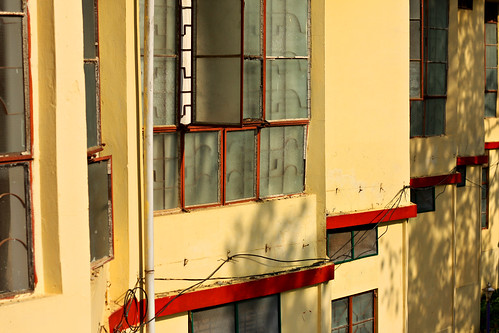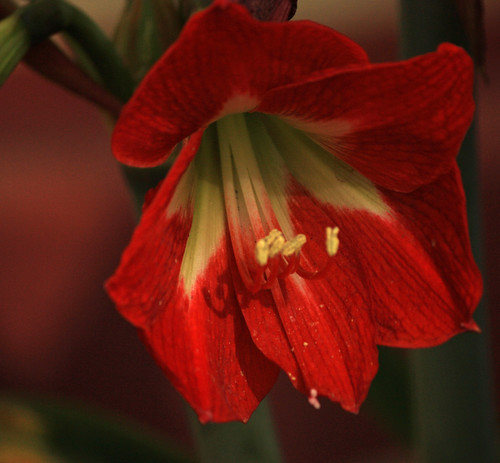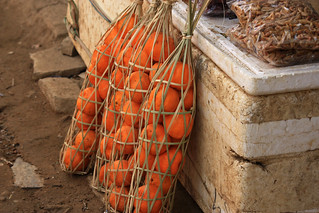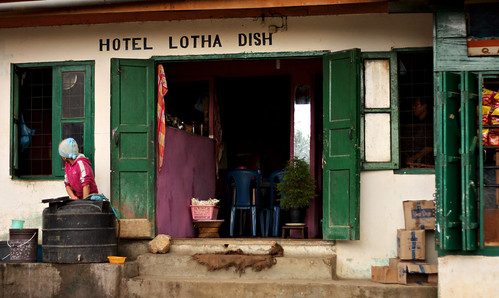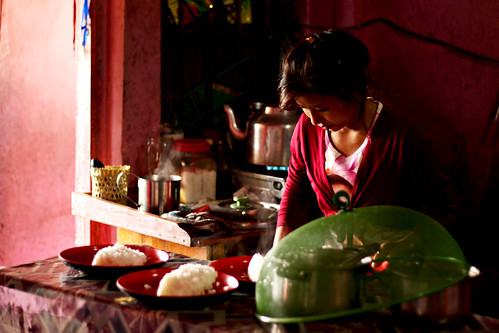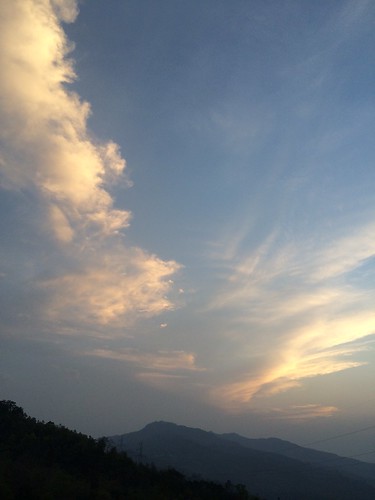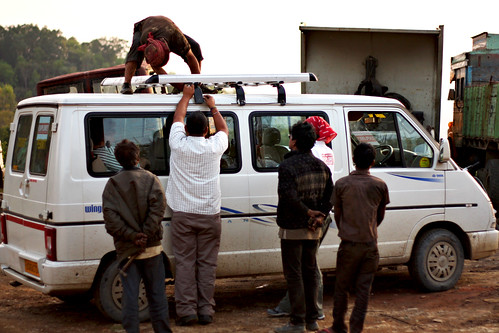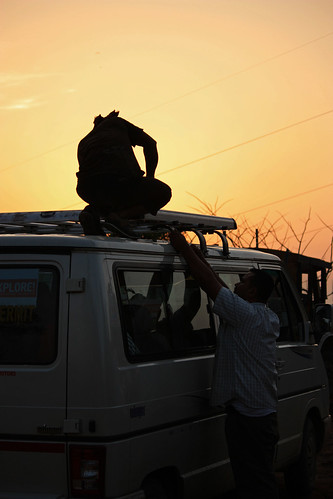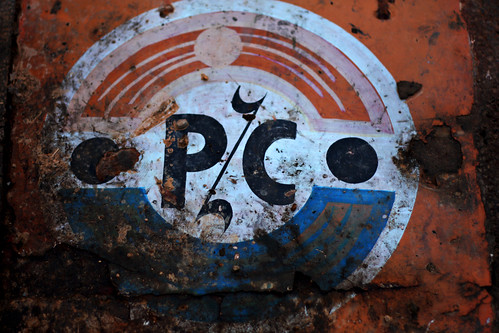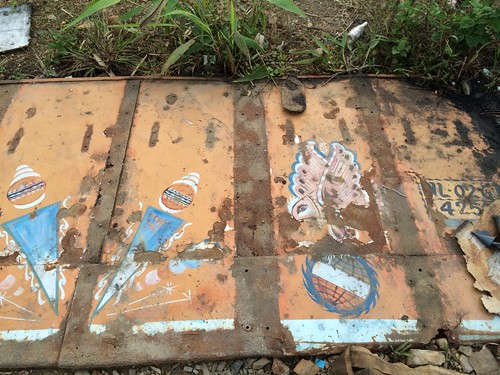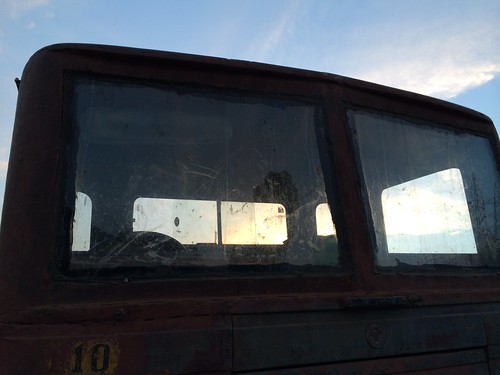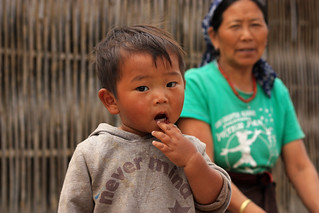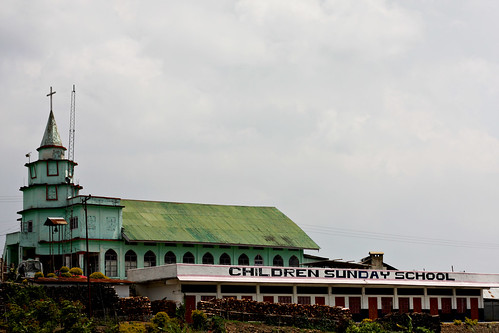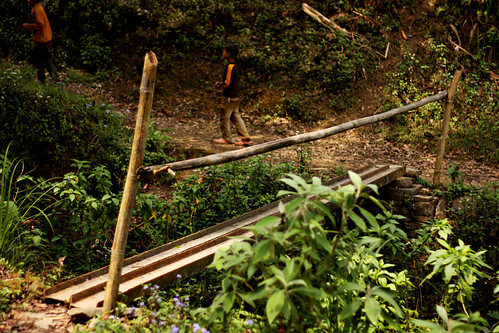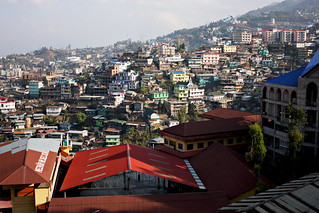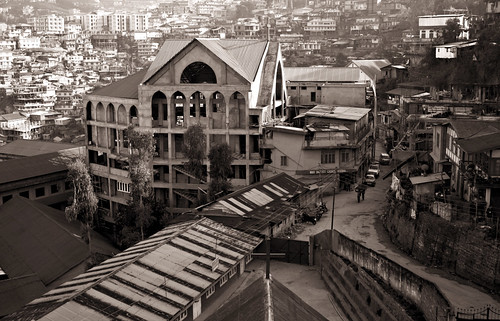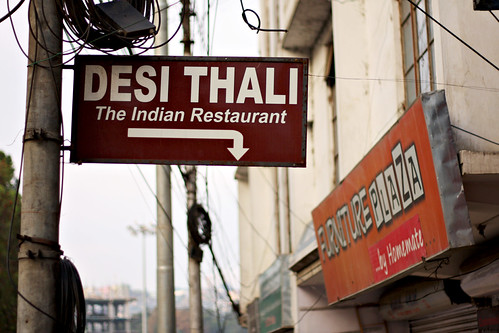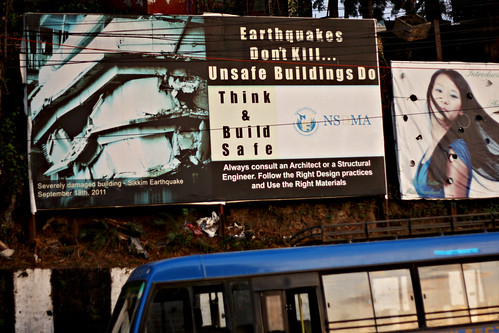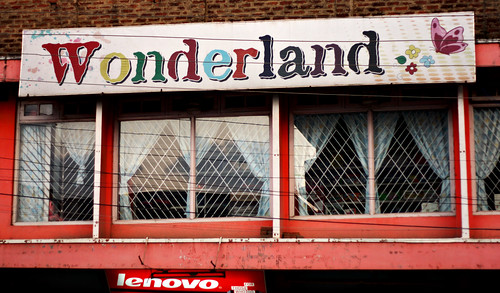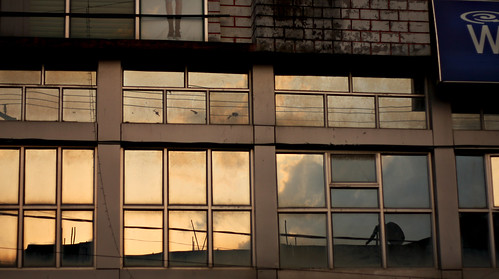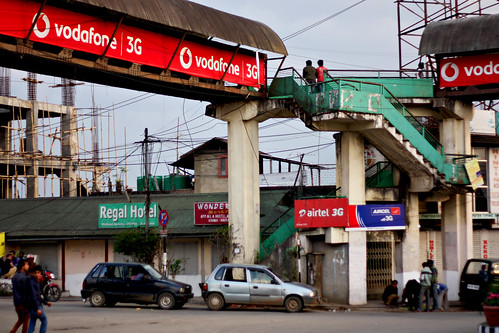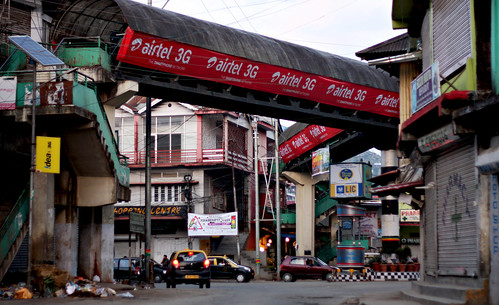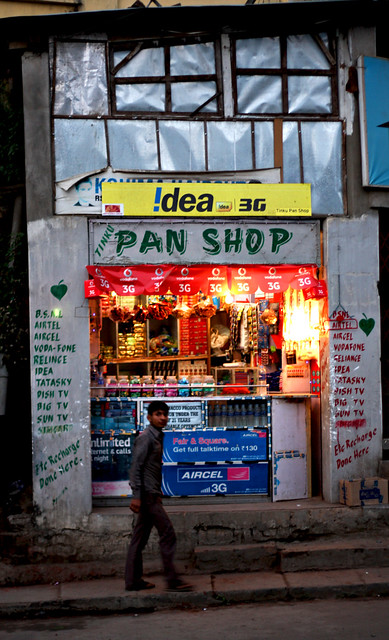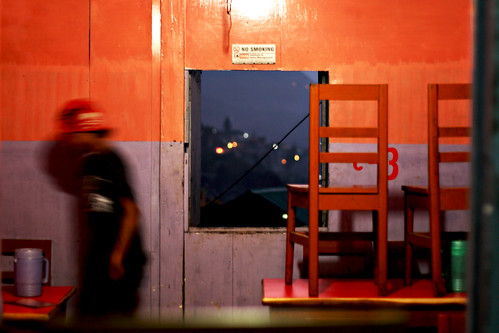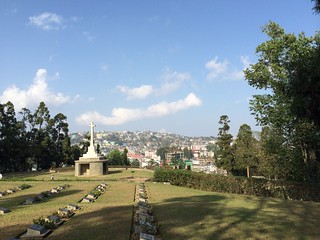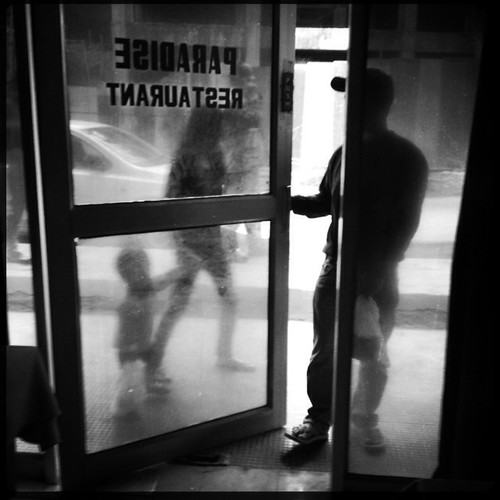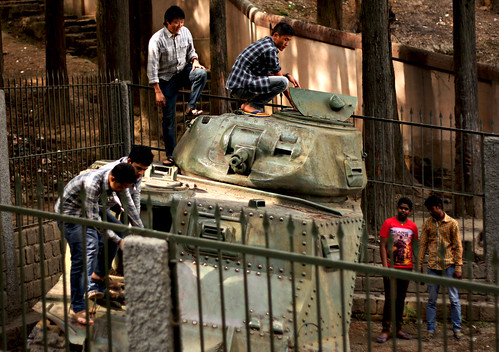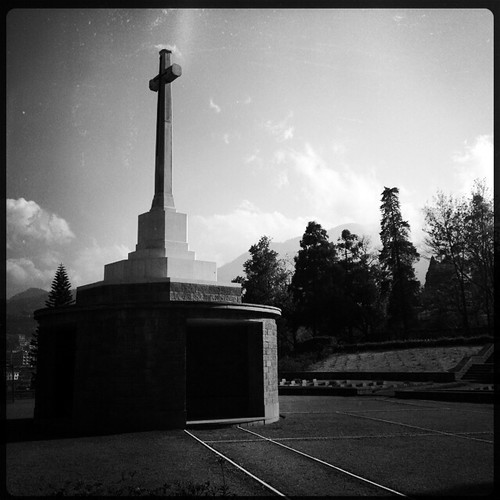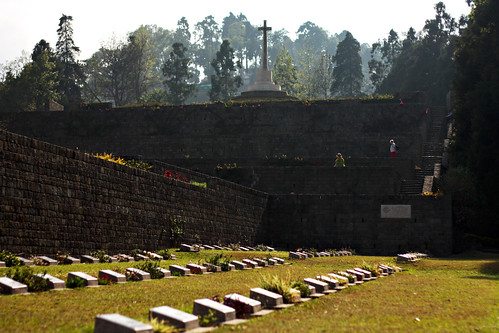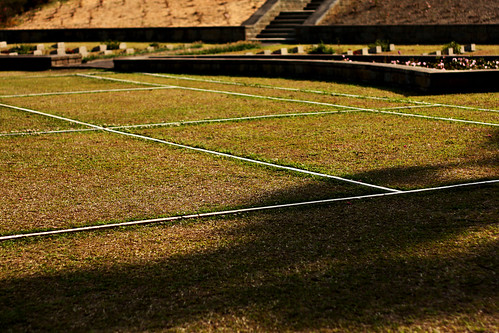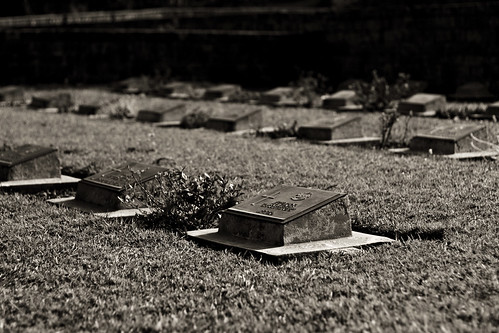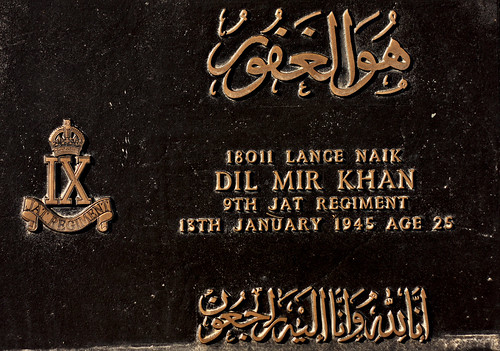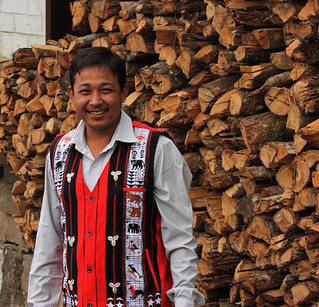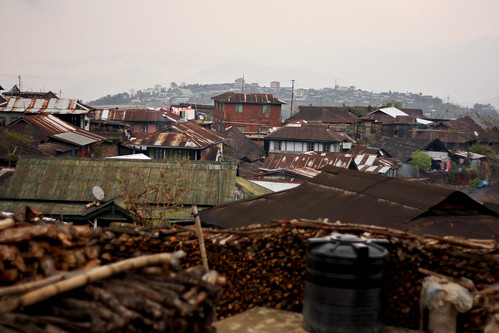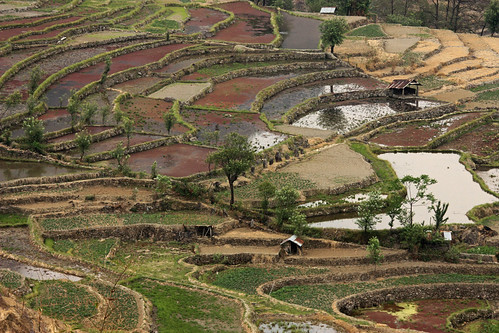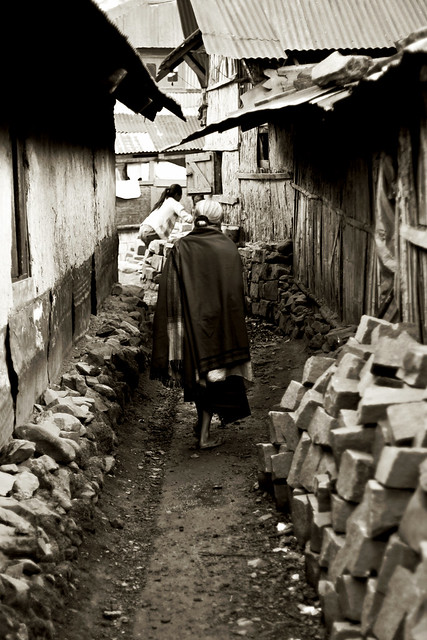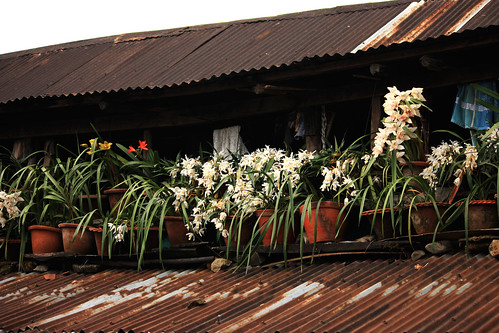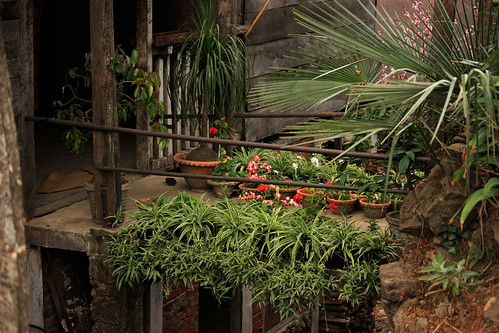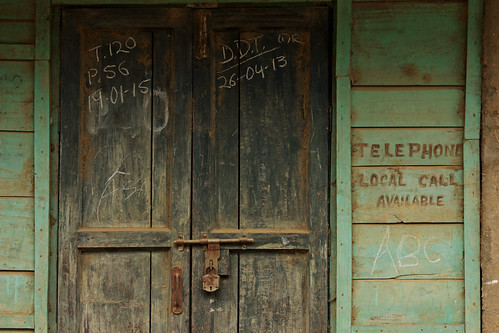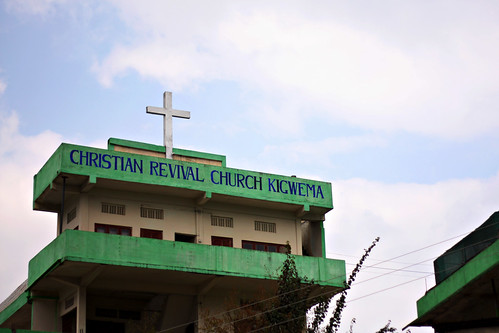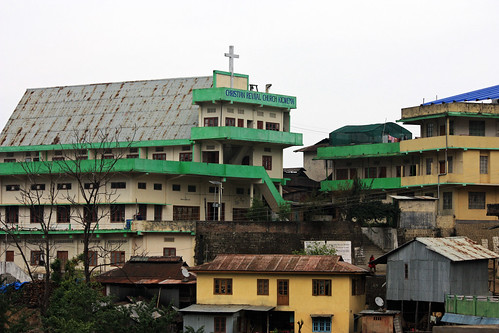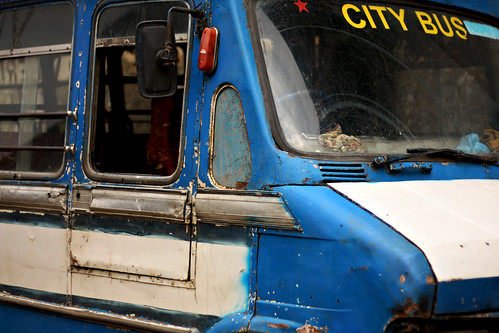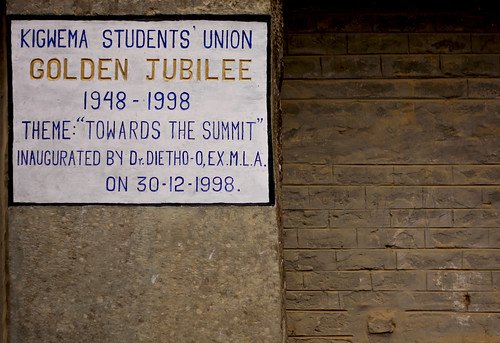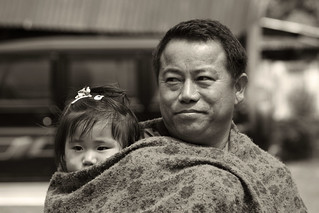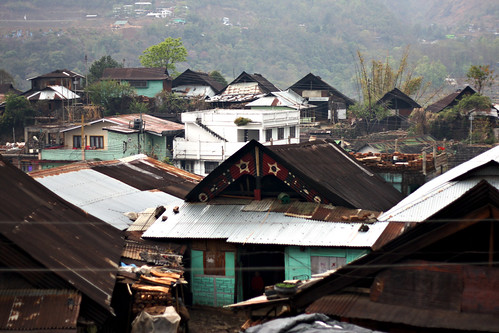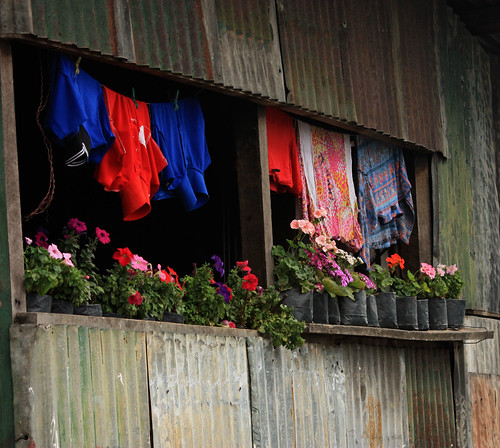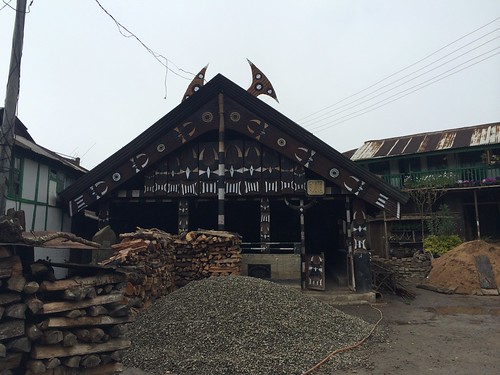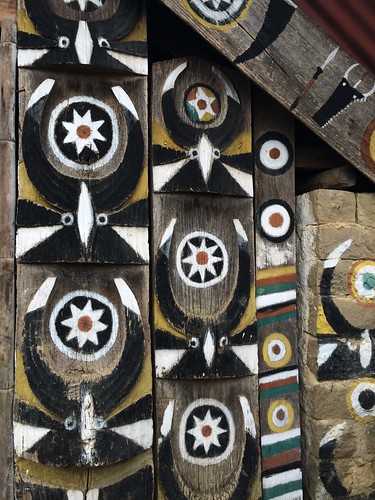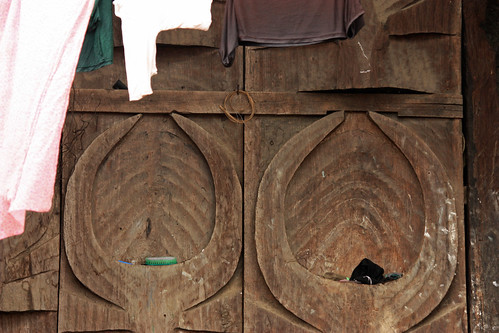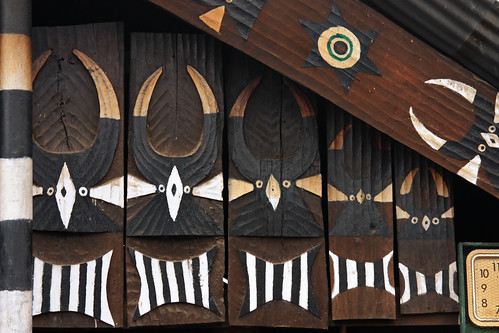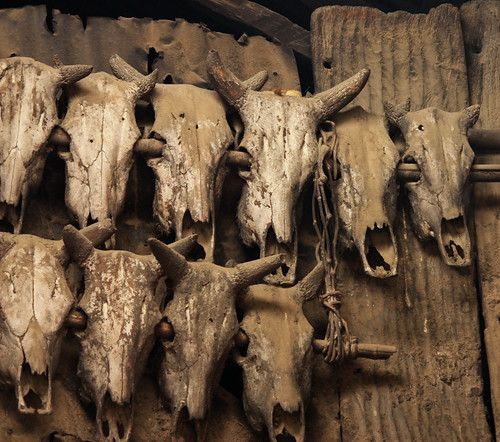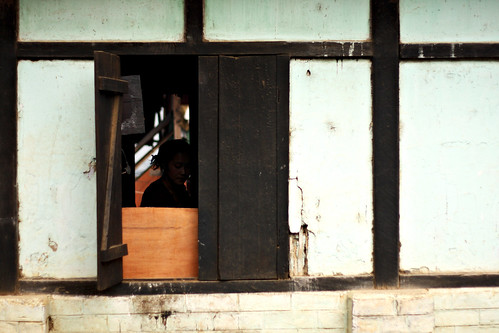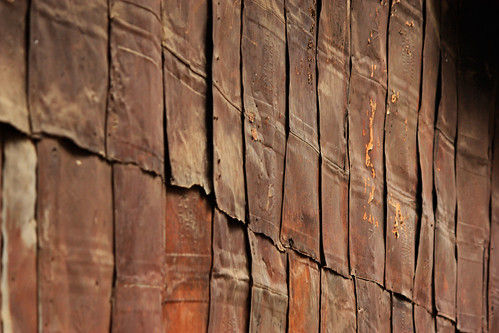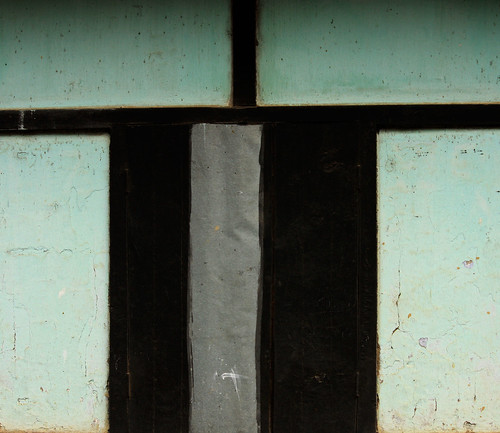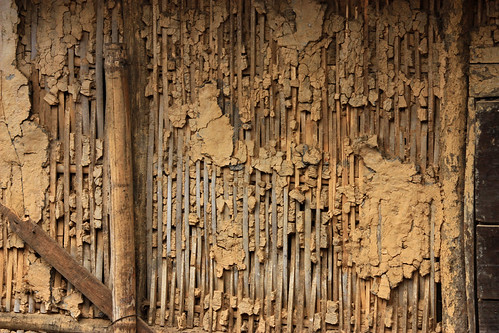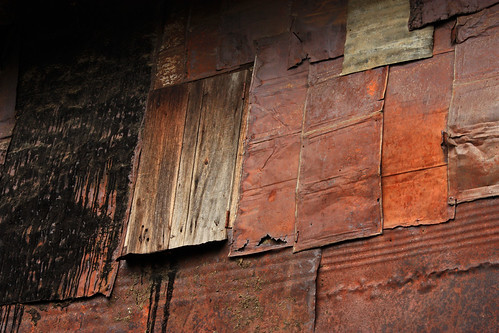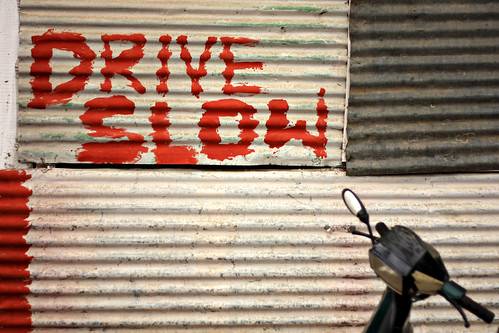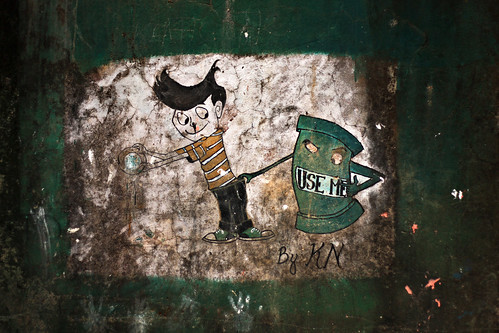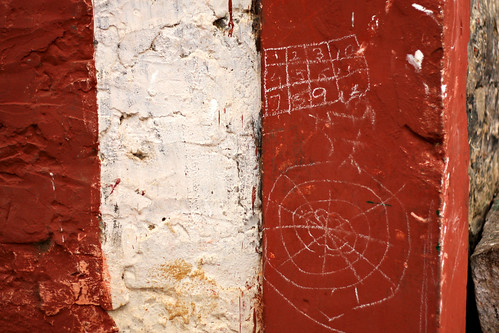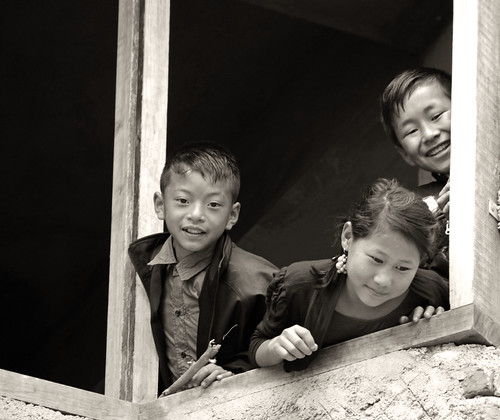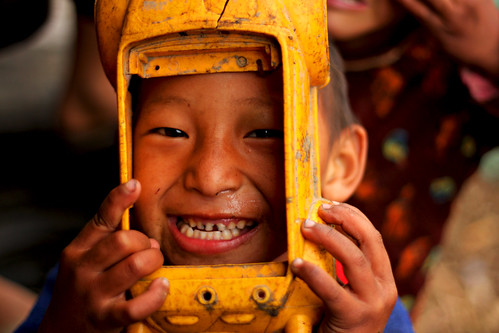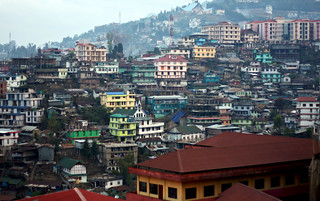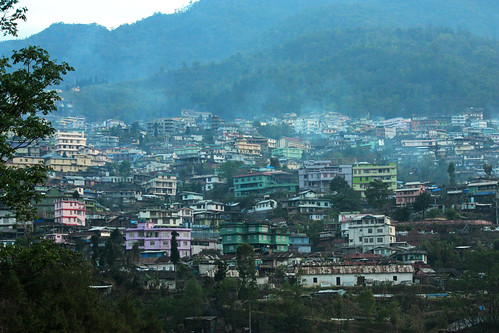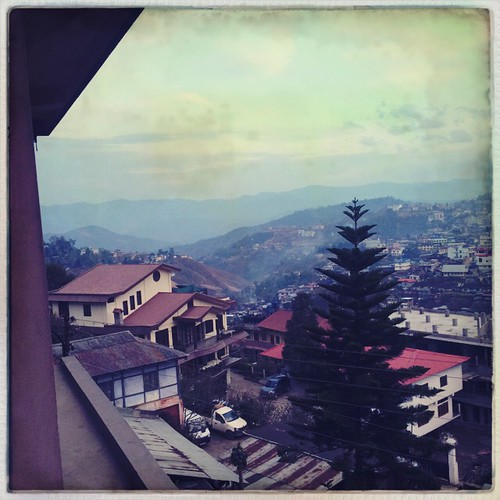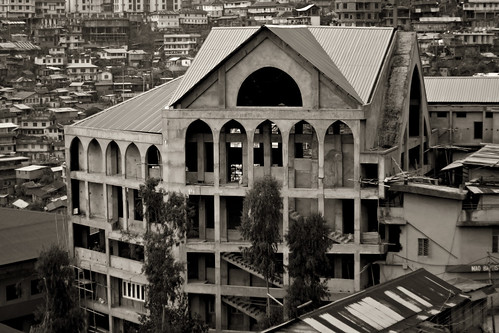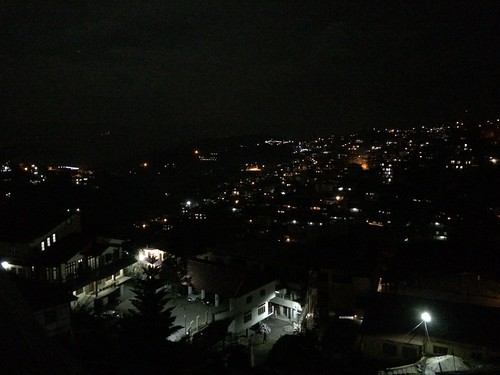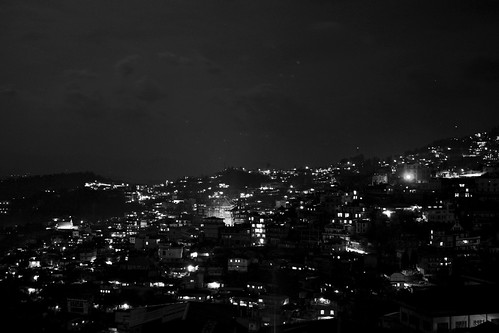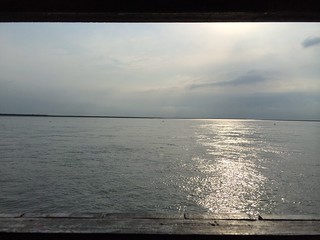
We drove through thunder, rain, and lightning to Jorhat, where we stopped at The Manor, a ’boutique’ hotel for lunch. It looked terribly pretentious, but the food was unexpectedly delicious. There was a TV playing in the restaurant, which lead to #1 guide discovering that we have an interest in Indian films. A conversation about Bollywood movies and stars ensued. It was a faintly bizarre experience to have #1 guide singing songs from adverts, and even at the time not being sure how we got there.
The restaurant prevailed upon one of our group to complete a questionnaire about her experience. She admitted afterwards that she’d made up all of the personal information requested. This was terribly amusing because she did it with such sincerity and aplomb.
It was just a 30 minute drive from there to the ferry at Neematighat, down small village roads.
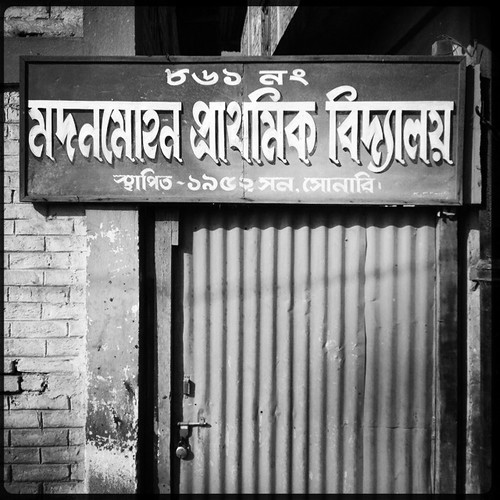
The landscape was flat, there were lots of palm trees, very reminiscent of Bangladesh.
We were early for the ferry – very early – but this is essential if you want to get a good seat.
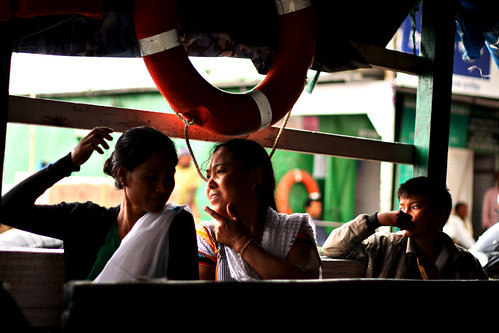
It was fascinating watching the arriving ferry unload. Cars were driving across our ferry and then up a very steep, muddy bank in a dramatic fashion that seems typically Indian. There were about ten motorbikes on the roof of the ferry that had to be bumped onto a plank and wheeled down to deck level. No-one seemed able to figure it out, as though none of this had ever happened before.
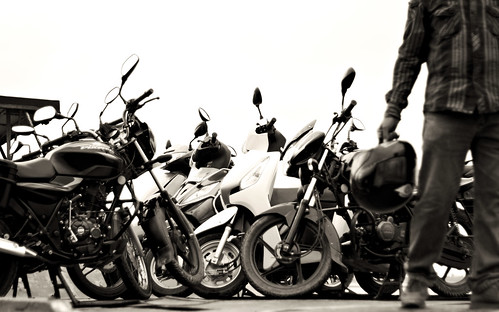
There was a chap with dyed black hair and black fluffy ear-muffs who got on the ferry and seated himself near us. There wasn’t actually space for him to sit just there, but he sat anyway, forcing people to make room for him. His beautifully dressed wife trailed behind him, carrying all of the luggage, but he made no attempt to find a seat for her. Other than yelling at her for a bit, he ignored her for the duration.

The crossing was smooth and uneventful, though it took a little longer than predicted. The river changes all the time, depending on weather and water levels, so everything is rather fluid. (Pun completely intentional.)
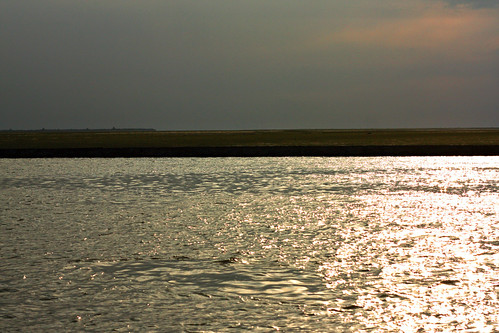
At the other end, everyone looked surprised, like they’d never seen a boat before and didn’t know what to do. Nevertheless, someone eventually threw a rope and someone, looking like a random bystander, caught it and tied up, and after a bit more standing-around-looking-puzzled all the ferry passengers and cargo were disembarked.
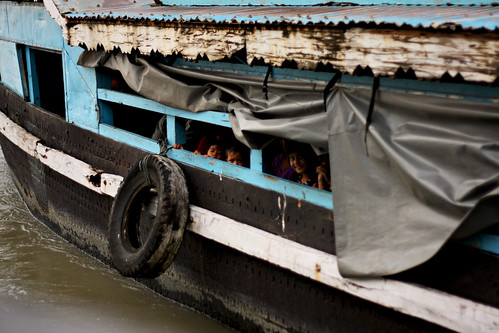
— words by Elizabeth & Paul
— pictures by Paul & Elizabeth
— more pictures in Assam & Nagaland album and Majuli Island album.
